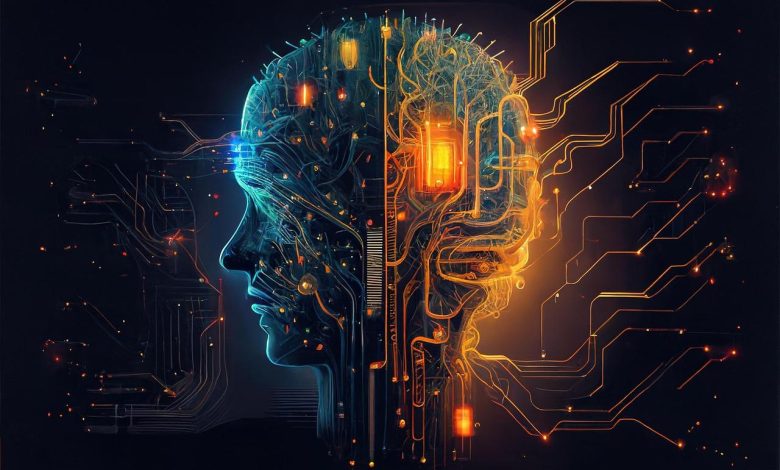
Artificial intelligence has become the backbone of digital systems that power modern infrastructure. It drives fraud detection in banking, powers content moderation on major platforms, and supports online marketplaces that log every csgo trade through automated verification and pricing algorithms.
As automation deepens, even small errors can disrupt systems that depend on real-time accuracy. Managing AI failure now requires more than technical repair—it calls for transparent oversight, ethical accountability, and design discipline that keeps control firmly in human hands.
The Many Faces of AI Failure
AI failure comes in layers. Some errors stem from human assumptions, while others hide in the system’s structure. Each mistake reveals how intelligence, no matter how advanced, reflects its training and environment.
Bias and Human Blind Spots
Data shapes every model, and flawed data creates flawed intelligence. When training sets mirror real-world bias, algorithms repeat social inequities at scale:
- Facial recognition often misidentifies minorities.
- Hiring algorithms downrank women for tech roles.
- Spam filters flag minority languages as suspicious.
These failures show that AI’s fairness depends on human responsibility. Awareness begins with examining what data represents, and who it excludes.
Technical Weak Points
Even flawless data does not ensure stability. Overfitting, data drift, and gaps in edge-case testing turn reliable systems fragile under pressure. A self-driving car may mistake a shadow for an obstacle or miss a pedestrian in poor light. In 2018, an autonomous Uber vehicle in Arizona failed to correctly classify a pedestrian, which caused a fatal crash.
That case showed how intelligence breaks down when conditions move beyond familiar limits. Engineers lower these risks by expanding test cases and stress scenarios before deployment.
When Mistakes Go Public
AI errors rarely remain unseen. Once a system fails, the impact moves faster than the repair. A wrong medical recommendation, a faulty trading decision, or a false moderation label can spread across networks within minutes. Public exposure turns technical failure into a moral and reputational issue.
Companies face investigations, regulatory scrutiny, and loss of user trust. The technical correction may take hours, yet restoring credibility demands far longer. Transparency after an error proves as vital as accuracy before deployment.
Early Detection of Failure
Errors grow in silence before they explode. Detecting warning signs early can save companies from full collapse.
Deeper Monitoring of Performance
Constant oversight keeps AI accountable. Dashboards and anomaly alerts reveal deviation before damage spreads. Human-in-the-loop reviews remain essential in safety-critical domains such as aviation or medicine. The real challenge lies in deciding when to intervene. Automation needs rules that define thresholds, not just reaction speed.
Audits and Model Transparency
Visibility determines reliability. Audits show how a system thinks and where it breaks. Organizations that track metrics beyond accuracy find issues others miss. These metrics often include:
- Data coverage: How complete and diverse the training set is.
- Error consistency: Whether mistakes repeat across certain demographics or conditions.
- Prediction drift: How performance changes with time and new inputs.
- Outcome traceability: How easily a decision’s source can be identified.
Audits turn intuition into evidence. When teams measure fairness, stability, and explainability, they replace speculation with structure. Transparent metrics help regulators and users trust AI not because it never fails, but because its limits are visible.
Systems Built to Withstand Failure
Resilient systems accept that mistakes happen. Good design focuses on control, not denial. Fallback logic, uncertainty estimation, and rollback features prevent one wrong decision from cascading into disaster.
The best AI platforms flag doubt instead of guessing. They pause, request review, or reroute the process. This approach mirrors aviation safety—a pilot trusts instruments but verifies anomalies. True reliability comes from restraint, not overconfidence.
Growth Through Error
Failure provides information and serves as a guide for progress. Systems improve when errors feed future decisions instead of disappearing in logs.
Feedback Loops That Evolve
Each incident becomes a lesson. Feedback cycles feed new data into retraining pipelines, which improves precision and adaptability. Without this loop, artificial intelligence stagnates and repeats old errors. Adaptive learning frameworks ensure every misstep enhances the next generation of the model. Over time, the system learns how to spot the conditions that once caused its collapse.
Accountability and Culture
AI failure is never only technical. It reflects organizational habits—how teams document problems, assign ownership, and communicate risk. Companies that treat AI mistakes as learning opportunities advance faster than those that bury them.
Ethical reviews, open post-mortems, and cross-team discussions turn errors into institutional memory. Accountability requires clarity and action, not blame. The tone from leadership defines whether failure strengthens or weakens innovation.
Smarter Systems Start With Honest Mistakes
Intelligent systems will always stumble. The goal is not to create flawless code but to build awareness that keeps failure contained and instructive. Each malfunction exposes a limit, and each fix expands understanding. The future of AI belongs to organizations that treat missteps as feedback loops. Real intelligence begins where transparency meets discipline and humility.



